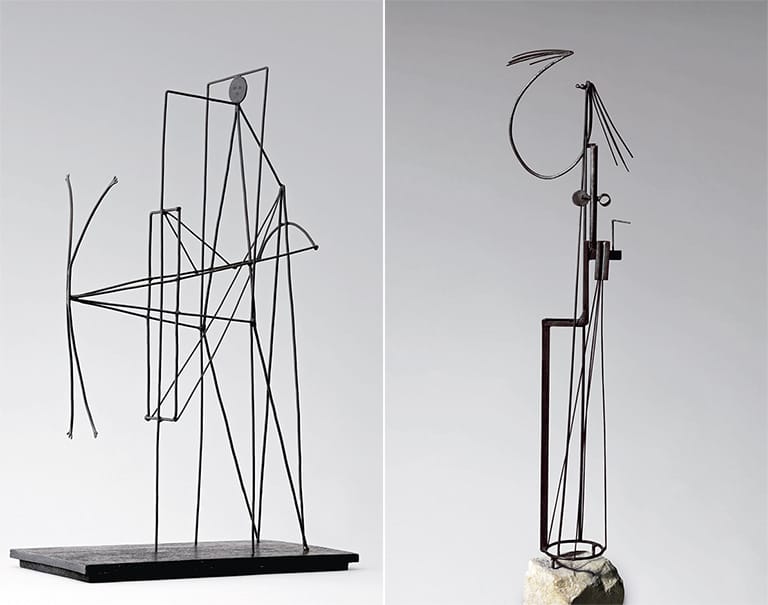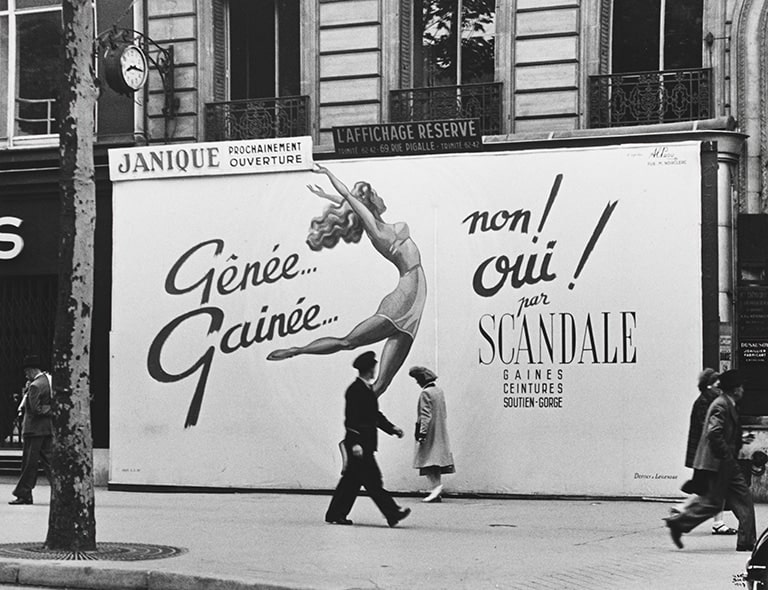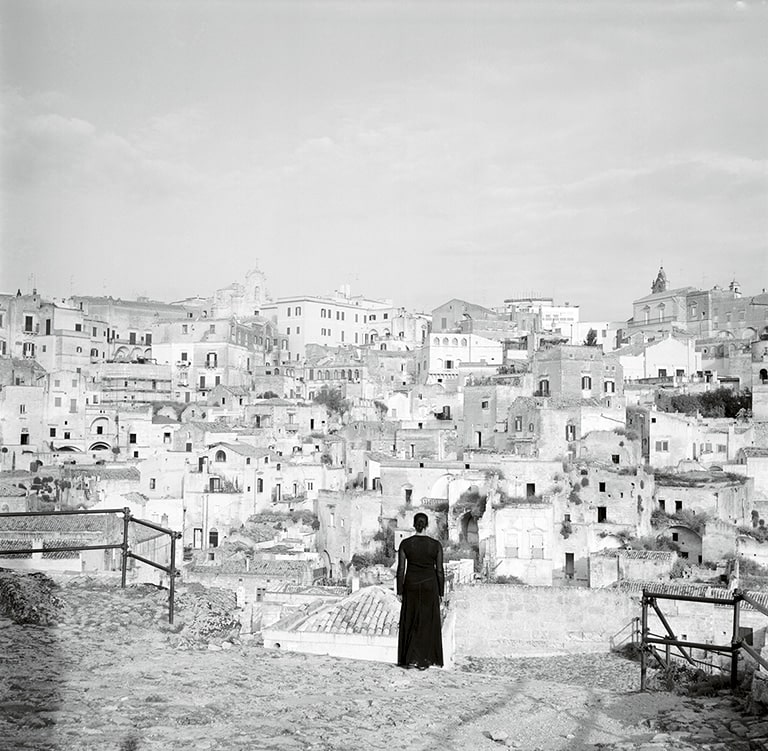Untitled

Francis Picabia
Untitled, ca. 1918-1921
© Francis Picabia, VEGAP. Madrid, 2020
© Fundación MAPFRE COLLECTIONS
Entry date: 2005
Origin: Colección M. Blazy, París / Galerie 1900-2000, París
Technique
Wash, ink and graphite on paper
Dimensions
Paper size: 19 x 16,8 cm
Framed size: 51,5 x 53 x 4 cm
Inventory
FM000312
Description
Picabia’s first contact with modernity occurred around 1909 after a long period in which he had approached the Impressionism of Sisley and Monet, and the Neoimpressionism of Seurat and Signac. He made his entrance into avant-garde art in a very particular way, indistinctly alternating Fauvism with Cubism and a certain type of quite crude abstraction. This simultaneous ambivalence will become one of the principal characteristics throughout his long career. Soon, the schematic figures and landscapes will be transformed, from the Cubist experience, into the superb compositions of the years 1912-1914, undoubtedly influenced by Duchamp and, to a lesser degree, by Kupka, but also close to Italian Futurism. As early as 1913, on the occasion of his first stay in New York for the Armory Show, Picabia, possibly prompted by Duchamp, he began to take an interest in the aesthetics of machines which led him to his Dadaist stage. The famous mechanistic portraits by Gabrielle Buffet, Max Jacob and Alfred Stieglitz date from 1915. Some of these drawings and washes of spark plugs, gears and plungers are almost rigorously symmetrical compositions. Picabia passed through Spain at the end of 1916 and settled in Barcelona until mid-1917 where he frequented the haunts of foreign artists who resided there, fleeing from the war as he was. It is not known for certain when he met Serge Charchoune, but it is certain that he had direct contact with the work created by the artist in Barcelona, since his stay coincided with Charchoune’s second exhibition at Galeries Dalmau.
In 1920, now in Paris, Charchoune sent a drawing and a note to Picabia proclaiming that he was one of his devotees. A close friendship between the two was forged of which the collaborations of Charchoune in 391 and L’Oeil Cacodylate are testimony. Charchoune’s Dadaist work was directly inspired by Picabia, but it is possible that, some time before, this influence had been produced in reverse. Charchoune’s Barcelona abstractions, with their static and shocking symmetry, their interlocking circles and theosophic symbols, predate a whole series of pieces by Picabia from 1918 to 1920.
This small abstract drawing made around 1918-1921, can be found in this series of strange works by Picabia, that seem to contain theosophical symbols with circles and triangles, distributed symmetrically, that interested Charchoune so much, not only in the Barcelona period, but in all his later career. Picabia’s drawing, despite being made up of several circles, a square and a triangle, apparently does not have too many machinistic elements; rather it could be the abstract stylization of a figure, with the black circle as the head, the lateral semicircles as the back or arms, the large central circle as the torso with a necklace or belt and the lower triangle as a skirt trimmed with fringes or lace at the base. The background on which the figure is centered suggests a landscape, implied by the green in the lower part and the blue of the remainder, like a sky. But is is, at the same time, a rather cryptic and enigmatic composition, and it cannot be ruled out that it is another of Picabia’s machines. At this time, the artist completed some similar small-format works with circles and stars, painted with a certain carelessness with gouache and watercolor, which have been clearly catalogued as Machines, in spite of not looking so at all. In this sense, the identification of the woman with the machine, so typical of Picabia in these years, would be confirmed.
[Josep Casamartina i Parassols]
BAKER, George, The artwork caught by the tail: Francis Picabia and Dada in Paris. Cambridge, MIT Press, 2007.
BORRÀS, Maria Lluïsa, Picabia. Madrid, Electa, 1993.
BORRÀS, Maria Lluïsa; CAMFIELD, William Arnett; LEBEL, Jean-Jacques, Máquinas y españolas, exh. cat. Valencia, IVAM, 1995.
CALVOCORESSI, Richard, Picabia: 1879-1953, exh. cat. Edinburgh, National Galleries of Scotland, 1988.
CAMFIELD, William Arnett, <e,>Francis Picabia. His Life, Art and Times, Princeton, New Jersey, Princeton University Press, 1979.
CAMFIELD, William Arnett (comisario), Francis Picabia, Nueva York, Solomon R. Guggenheim Museum, 1970.
Francis Picabia (1879-1953), exh. cat. Madrid, Barcelona, Ministerio de Cultura, Dirección General de Bellas Artes y Archivos, Fundació Caixs de Pensions, 1985.
Francis Picabia singulier idéal, exh. cat. Paris, Paris-Musées, 2002.
MUNDY, Jennifer (ed.), Duchamp, Man Ray, Picabia, exh. cat. London, Barcelona, Tate Modern, MNAC, 2008.
PICABIA, Francis, Escritos en prosa, 1907-1953. Valencia, Murcia, IVAM, Colegio Oficial de Aparejadores y Arquitectos Técnicos de la Región de Murcia, 2003.
PIERRE, Arnauld, Francis Picabia: la peinture sans aura. Paris, Gallimard, 2002.
SANOUILLET, Michel, Francis Picabia et « 391 », París, Eric Losfeld, 1966.




